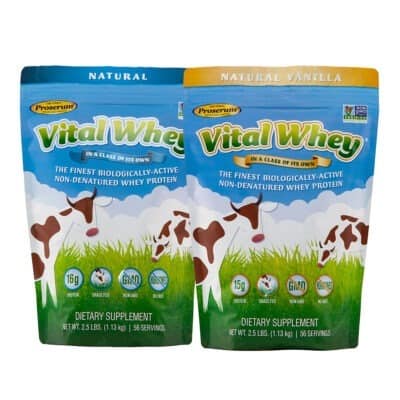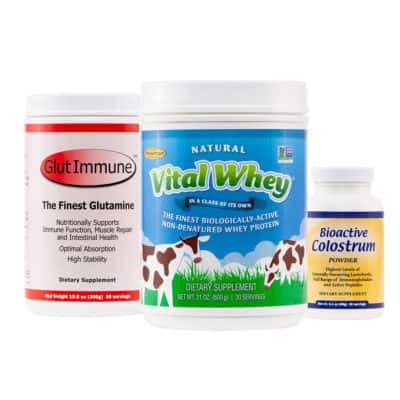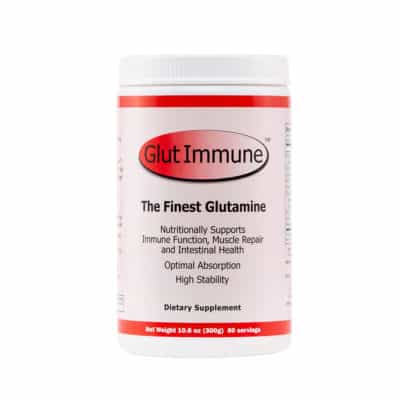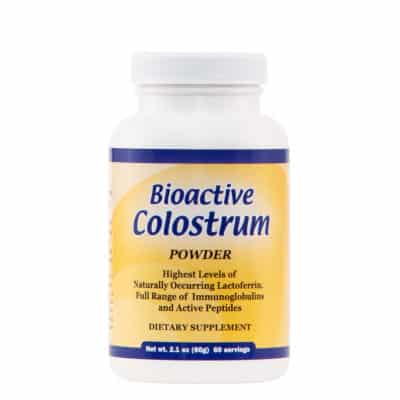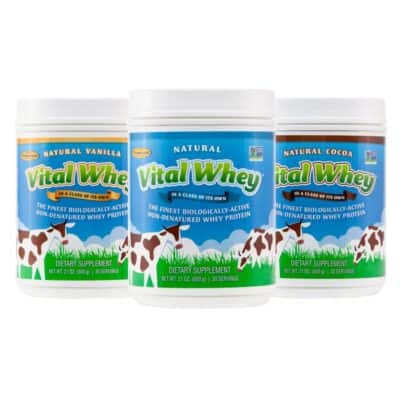
You have recently set some health-related goals and know you need to change some of your day to day habits to achieve them. One of the best ways to do so is to start your day the right way, with a solid, but simple morning routine that can set you up for success with weight loss or health maintenance.
What should be included in this new routine? The routine should include a few specific ways to start and optimize your metabolism, so it works for you all day, making weight loss or maintenance a bit easier.
What is Metabolism?
The word metabolism refers to the collection of chemical reactions that occur in your body on a daily basis. For example, building new tissues, thinking, and moving, are all fueled by your metabolism. Every process your body goes through daily to keep you moving, is field by your metabolism.
The chemical reactions of the metabolism require energy from the calories you eat. Because the metabolism requires energy, sometimes the word metabolism is used to refer to the number of calories you burn in a day or the energy it takes for all these chemical reactions to occur.
A significant amount of our metabolism is not within our control. For example, it takes energy for your food to digest or your brain to function. You can’t control how many calories your body uses for these processes.
These basic bodily processes take many more calories than people realize. For example for a woman who is 5’5”, weighs 150 pounds, and is 35 years old, she needs around 1450 calories a day to simply exist. This is called the basal metabolic rate, which we have little control over.
Luckily, there are ways to impact your metabolism or total calorie burn for day by encouraging your body to use more calories above its basic daily needs. This is where a healthy morning routine comes in.
What to do in the Morning to Wake Up Your Metabolism
A self-care morning routine is a great way to start your day mentally focused and ready to go. But, it can also help wake up your metabolism.
One of the easiest things you can to tell your metabolism to get moving and start burning calories is to exercise. A morning workout is the simplest way to increase the number of calories your body burns and provides a wide range of additional benefits, but sometimes finding time/energy/motivation for physical activity can be a challenge.
Exercise in the morning doesn’t have to be complicated. Even just taking a 10-15 minute walk to get your blood flowing can tell your metabolism it’s time to get moving.
What you eat for breakfast can have an impact on your metabolism as well. Eating certain foods, like hot peppers and protein, can help speed up the metabolism. The chemical properties and physical reactions that certain foods produce can contribute to your big picture health goals.
Adding a bit of hot sauce to your morning omelet or starting your day off with a protein shake, can be a great way to keep your metabolism going all day.
Starting your day with these two essential morning metabolism boosters can help kick off your daily calorie burn.
More Tips for a Simple Morning Routine
If you want even more tips for a healthy morning routine, here are a few ways to implement a morning routine for weight loss or maintenance.
1. Start with a positive attitude. Although it may seem like your attitude has nothing to do with the number of calories you burn, a positive outlook helps you make better decisions throughout the day that will impact your goals.
2. Drink water. Most people do not drink enough water and will quench their thirst with beverages that contain added sugars and unnecessary calories. Water is essential for metabolic function so drinking it at its purest form will help optimize your heath and cut down on empty calories. Drinking water has been associated with weight loss due to its impact on keeping the metabolism moving. Invest in a water bottle that will help motivate you to prioritize hydration. Not only are you helping the environment, you’re also creating a habit that will encourage you to drink more water.
3. Add coffee or tea to your routine. The caffeine from these beverages is well known to be a metabolism-booster and the antioxidants from these beverages has been proven to promote heart health and fight off disease. Starting your day with a cup of coffee can help speed up your metabolism for up to three hours. Be conscious of your intake as too much caffeine can speed up heart rate or cause anxiety. Also, adding unnecessary sugars or drinking in excess will counter the benefits.
4. Eat protein. As we previously mentioned, the processes involved with digestion and breakdown of protein increase metabolism. Start your day with a high protein breakfast that includes at least 20 grams of protein. This will help to get your metabolism moving and keep you satisfied for longer than the high carb alternative that will leave you feeling hungry shortly after.
5. Move your body. We can’t say this enough. Exercise is one of the best ways to burn more calories. A good anaerobic exercise (fancy way of saying the activity causes you to pause for a breath) will continue to burn extra calories for at least a few hours after the workout is done. Strength training also has a similar effect as a result of the new muscle using up higher amounts of energy and burning even more calories. Aim for a mix of aerobic and strength activities to mix up your routine.
6. Add the veggies. Vegetables will help maximize your health and metabolism at every phase of the digestive process. To start, the fibrous texture of vegetables helps slow down your intake by encouraging you to chew the foods longer. A slower and more deliberate meal time can help decrease the amount of calories you consume and optimize the metabolic activity during that process. The fiber from veggies will also help bulk the contents in your stomach and allow it recognize the feeling of being “full” a lot earlier. This will help optimize the communication between your metabolism and your satiation cues to reduce the portions and overall calories being consumed.
7. Maximize your calorie burning potential. You probably never thought being “fidgety” would be considered a positive trait, but in the world of calories in vs. calories out, the act of fidgeting can help you keep the metabolism running and burn some extra calories. Try out a standing desk or maybe add some dance moves to your laundry folding. All these extra movements will keep your muscles engaged and ultimately benefit your health while burning a few extra calories.
Now that you know how to start your metabolism in the morning, what should you eat for breakfast?
Your Morning Metabolism Booster
Protein is one of the best morning metabolism boosters. Unfortunately, many traditional breakfast foods like toast, cereal, or pancakes are lacking in protein. Here are a few ideas of ways you can get your protein up in the morning to kick off the calorie burn:
- Gingerbread Cookie Smoothie
- Morning Mocha Protein Shake
- Blueberry Avocado Protein Smoothie
- Peanut Butter Protein Balls
- Hearty Morning Breakfast Cookies
- Overnight Oats with Protein
If you want even more ideas for high protein breakfast options, head over to our recipes section.
With a solid metabolism-boosting morning routine in place you can get your morning started right and reach those weight loss goals with ease.
References
- https://www.sciencedirect.com/topics/neuroscience/basal-metabolic-rate
- Zheng J, Zheng S, Feng Q, Zhang Q, Xiao X. Dietary capsaicin and its anti-obesity potency: from mechanism to clinical implications. Biosci Rep. 2017;37(3). doi:10.1042/BSR20170286
- Pesta DH, Samuel VT. A high-protein diet for reducing body fat: mechanisms and possible caveats. Nutr Metab . 2014;11(1):53.
- Thornton, S. N. (2016). Increased Hydration Can Be Associated with Weight Loss. Frontiers in Nutrition, 3, 18.
- Acheson KJ, Zahorska-Markiewicz B, Pittet P, Anantharaman K, Jéquier E. Caffeine and coffee: their influence on metabolic rate and substrate utilization in normal weight and obese individuals. Am J Clin Nutr. 1980;33(5):989-997.
- Arney BE, Foster C, Porcari J. EPOC: IS IT REAL? DOES IT MATTER? ACSMs Health Fit J. 2019;23(4):9.
- Should You Take Whey Protein Powder After Surgery? - March 2, 2023
- How Much Protein is Too Much? - January 30, 2023
- Is Whey Protein Keto Friendly? - January 30, 2023

